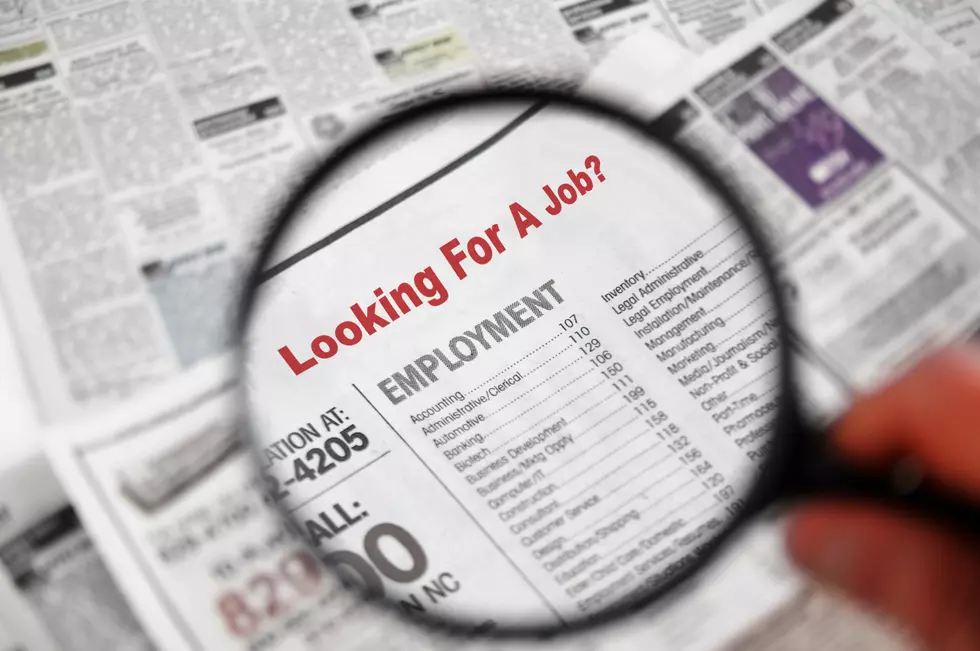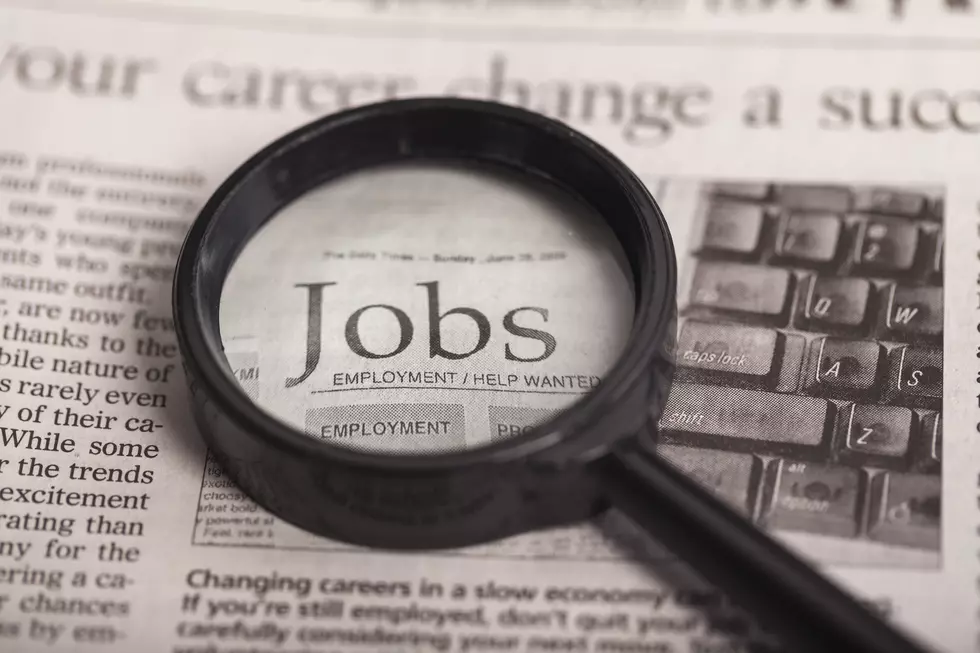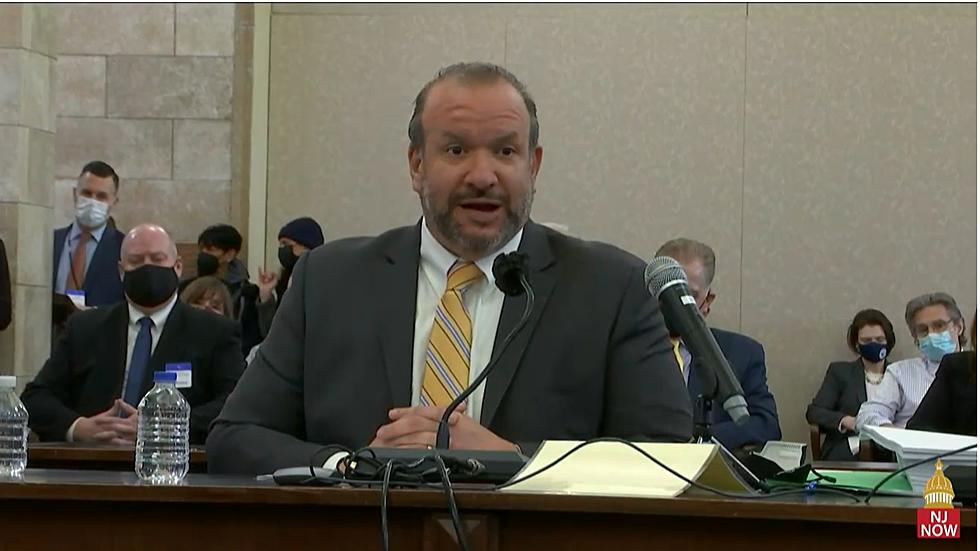![Temp Jobs Aplenty in Struggling Economy [AUDIO]](http://townsquare.media/site/385/files/2012/08/cubicle.jpg?w=980&q=75)
Temp Jobs Aplenty in Struggling Economy [AUDIO]
The recession ended years ago, but a current employment trend shows the economy still has a long way to go before a full recovery.
In July, the temporary help industry had more than 2.5 million employees, representing a bounce back from pre-recession numbers. However, a clear shift can be seen in the way employers are utilizing temporary help, compared to 2007 and years prior. No longer are temps last-in and first-out. They are first-in, the primary choice for many employers across the country.
"Employers have not hired full-time, permanent employees because of the lack of confidence in the pace and sustainability of the recovery," explained Patrick O'Keefe, director of economic research at J.H. Cohn in Roseland.
With temps and part-timers, employers obtain the ability to cut or add to the payroll as they please, based on the performance of their company. As an added bonus, if they bring on non-full-time workers, employers aren't burdened by the cost of benefits.
O'Keefe added, "Until the future path of the economy becomes clear, it would be irrational for employers to make long-term commitments to expand their payrolls."
Employees can look at the current trend as positive or negative. On one hand, a temporary job is certainly better than no job at all. The temp industry recovered most of its 30% decline at the peak of the recession.
However, temporary positions are, obviously, not permanent. Unlike full-time jobs, they don't provide the solid base on which employees can map out their future and do so with confidence. "Permatemps," or employees who jump from one temp job to another, may be satisfied with the fact that they're employed, but they still yearn for a position that comes with less risk.
Employers nationwide added 163,000 jobs in July. More than 14,000 of those jobs (8%) were temporary positions.
More From New Jersey 101.5 FM









